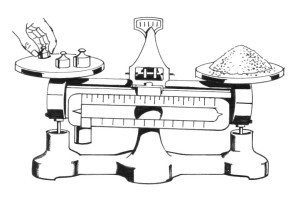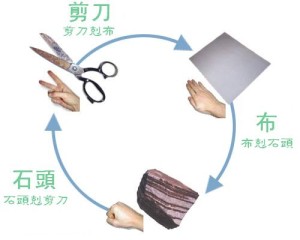 |
| Dürer, Death and the Landsknecht |
In addition to the background / reward dyad, another important game parameter is lethality. Next to incentives, lethality is probably the single most important determinant of how a tabletop RPG plays, because lethality is another way of saying risk. What do setbacks potentially involve? Is it possible to lose the game? Any consideration of lethality must also consider healing, because that is the other side of the coin. In D&D, the exact same dungeon and hazards can be made either very difficult or trivial, depending on the scarcity of healing.
Hit points in Hexagram, in any mode, are not persistent beyond any particular session. Instead, HP are rolled when required by the difficulty mode, the details of which are summarized in the table below. A character’s hit dice total is what matters; hit points are situational. I believe this reinforces the abstraction of HP, which is required for any lightweight system. In addition, I have been actually using this method of re-rolling HP in several different incarnations and have had nothing but good luck with it. It also greatly simplifies HP recovery, obviating the need for bookkeeping (the guidelines for when to re-roll take care of that).
| Mode | When HP is Rolled | HP Recovery | Death |
|---|---|---|---|
| Very easy | Each combat | N/A | Impossible; instead, a setback occurs |
| Easy | Each combat | N/A | Only on TPK or if left behind |
| Medium | Start of session | 1d6 post-combat | 0 HP, saving throw for unconsciousness |
| Hard | Start of session | Magic healing causes aging | 0 HP, saving throw for unconsciousness |
| Very hard | Start of session | Magic healing causes aging | 0 HP, no save |
For the easy modes, why re-roll HP per combat rather than introduce some recovery mechanism? One, it is easier. It keeps the focus where it should be, on the conflict, rather than on the resource management (which by hypothesis is not of interest). Two, it adds uncertainty to combat so that it is not the first resort in all cases, and prevents the HP total from feeling like a fixed buffer against damage. This method is somewhat reminiscent of the Carcosa dice conventions, but keeps the type of die used for the HD fixed (d6) which prevents overly wild swings in possible HP totals.
This is essentially a way to do tactical gaming within a more traditional fantasy game framework without any secondary abstraction or rule system sitting on top of hit points. “Hits” are, of course, assumed to be blocked, or flesh wounds. Diegetically, any kind of sword to the gut event would be something that a character would get a saving throw to avoid. Note that this does not require higher-level abstraction like “luck” to enter into hit points — every hit can still be a hit, just not a good one.
Is using the idea of difficulty modes pejorative to different styles of play? I don’t think so, and there is some value to calling a spade a spade. It seems important to emphasize that the same rules framework, with appropriately tailored incentives, can be used for games focused on player skill and for games focused on other things. When I do play video games, I often play them on easy or normal mode, and almost never on hard mode, because I am not interested in building the type of skills most video games reward. Rather, I want to experience some other aspect of the game, like graphics, or art direction. I think that many people feel the same way about RPGs.
This design allows the game to work on all modes without assuming healing magic. One may include magic items or spells that perform healing, but they will not be very important in the easy modes (because you will be re-rolling your HP before the next encounter anyways), and are otherwise problematic in the hard modes (see healing & aging). Healing being problematic is required so that the tension and resource management required for a hard mode game are not undermined. Resurrection magic is of course important to perception of risk as well, but I will cover that in another post.
Incidentally, my current OD&D game is essentially on hard mode.










